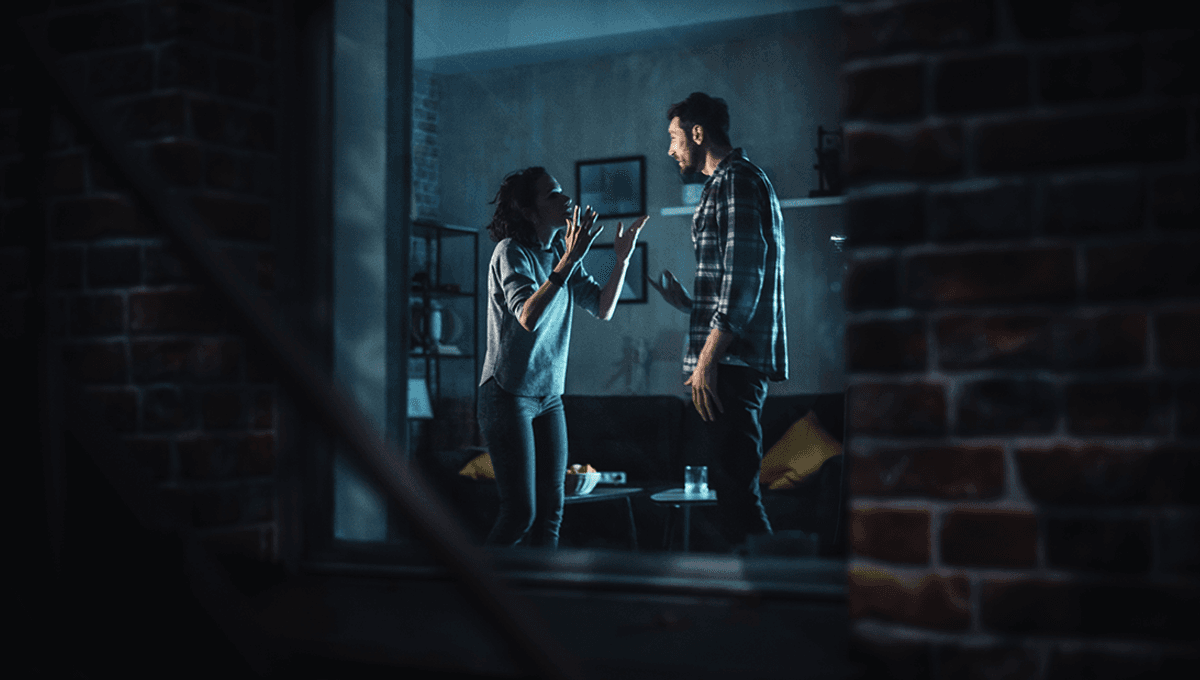
Researchers have found a way to extract audio from still images and soundless video after a professor was inspired to do so by the sci-fi TV show Fringe.
In the TV show, the FBI is able to extract recorded sound from a melted pane of glass. Den of Geek called the idea a “ridiculous pseudo-science technique”, which seems fair enough. However, professor of electrical and computer engineering and computer science at Northeastern University Kevin Fu saw the review and set about showing that extracting audio from images and silent video, at least, is possible.
“Imagine someone is doing a TikTok video and they mute it and dub music,” Fu said in a press release. “Have you ever been curious about what they’re really saying? Was it ‘Watermelon watermelon’ or ‘Here’s my password’? Was somebody speaking behind them? You can actually pick up what is being spoken off camera.”
So, how can this happen? Cameras, while aimed at capturing visual information, are inadvertently picking up audio information too. Virtually all camera phones have image stabilization technology built in. Springs hold the camera lens suspended in liquid, while an electromagnet pushes the camera lens around to reduce camera shake.
While a cool feature, it is this which enables the capture of audio. As someone or something makes a noise near the camera lens, the springs vibrate slightly and bend the light ever so slightly. It’s not noticeable “unless you’re looking for it” according to Fu. Alone, it wouldn’t provide you with useful audio. However, another feature of modern phone cameras helps turn it into something worth listening to.
“The way cameras work today to reduce cost basically is they don’t scan all pixels of an image simultaneously – they do it one row at a time,” Fu explained. “[That happens] hundreds of thousands of times in a single photo. What this basically means is you’re able to amplify by over a thousand times how much frequency information you can get, basically the granularity of the audio.”
Using this information, captured as a byproduct of how photographs are taken, it’s possible to extract fairly muffled audio from pretty much any photo that contains light. Applying a machine-learning algorithm named Side Eye by the team, they can get useful audio.
“If you want to know if I said yes or no, you can train [Side Eye] on people saying yes and no and then look at the patterns and with high confidence when I get an image later know if someone said yes or no.”
Testing their system on 10 different smartphones, Fu’s team found that it could recognize spoken digits with 80.66 percent accuracy, identify which of 20 speakers said the words with 91.28 percent accuracy, and guess the gender of speakers with 99.67 percent accuracy.
This could, of course, be a cybersecurity nightmare, if people with nefarious intentions are able to hear what is being said from still images and videos where no audio was (intentionally) captured. The team attempted to address solutions, including stronger springs, locking lenses, and randomizing how the rolling shutter captures pixels.
Ultimately though, the team is more interested in how extracted audio could be used in legal cases.
“Maybe there’s an alibi and it’s being admitted to court and somebody wants to prove somebody was or wasn’t there,” Fu said. “You might be able to use this technique if you have an authenticated video with a known timestamp to confirm one way or the other. If you hear the person’s voice, they’re more than likely there.”
The study is posted on pre-print server arXiv, and was presented at the 2023 IEEE Symposium on Security and Privacy.
Source Link: It's Possible To Extract Audio From A Still, Soundless Image